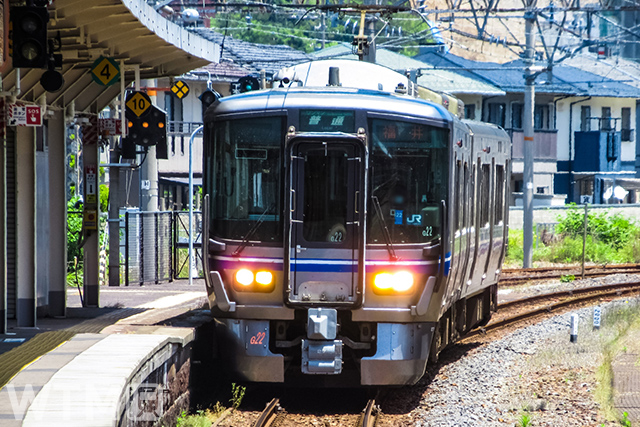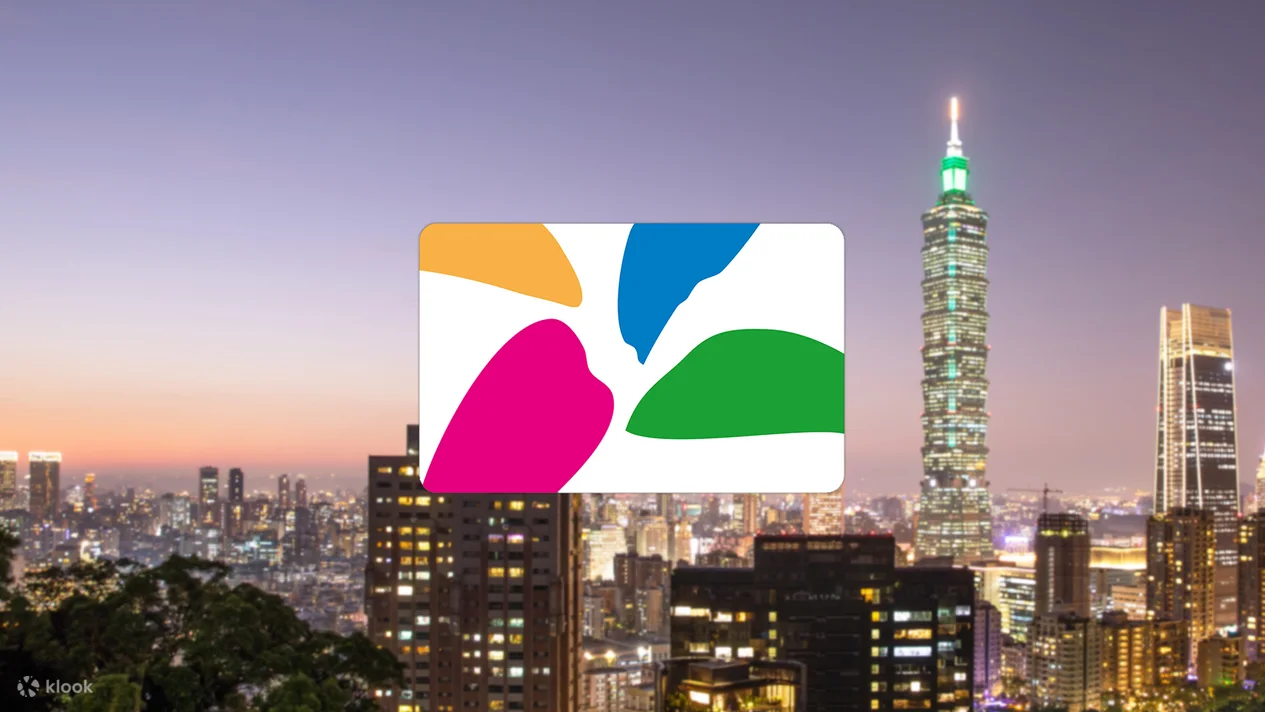With the opening of the Hokuriku Shinkansen extension, the third sector “Hapi-Line Fukui” (Headquarters: Fukui City), which will operate parallel conventional lines in Fukui Prefecture, has officially decided on the opening date and announced the designs of train cars and station name signs.

Opening at the same time as the Tsuruga extension of the Hokuriku Shinkansen
The section between Kanazawa Station and Tsuruga Station on the Hokuriku Line will be separated from JR West as it will become a parallel conventional line for the Hokuriku Shinkansen, which is being developed in the same section. The section between Daishoji and Kanazawa Stations within Ishikawa Prefecture will be included as an extension of the IR Ishikawa Railway.
EasyCard (TPE Airport Pick Up)
Hapi-Line Fukui, which was established by Fukui Prefecture and all municipalities in the prefecture, will operate the section between Tsuruga and Daishoji Stations as a first-class railway operator. The name of the company, which was decided through public offering, expresses Fukui Prefecture’s “fuku” with the word “happiness,” and reflects the desire to create the future of Fukui by connecting people and towns with “line.”
JR West and JR East announced on August 30, 2023 (Wed) that the Shinkansen extension opening date will be March 16, 2024 (Sat). In response to this, it has been officially decided that the IR extension section and the Hapi-Line will also open on the same day.
As a result of the management separation, JR West will transfer railway assets such as land, tracks, and station buildings to Hapi-Line for approximately 6 billion yen and 16 train sets for approximately 1 billion yen. The rolling stocks are 521 series EMU operated on the Hokuriku Line, and although it is currently designed with blue and white bands. After the renewal, it will use the same pink and green as the Hapiline logo, and will have a design that mimics a two-color belt and petals.
In addition, the station name signs at the 17 stations owned by them (excluding Tsuruga and Daishoji Stations) will be redesigned with pink and green to match the rolling stocks. Both are “finished with a bright, friendly and gorgeous design that is typical of Hapi-Line,” and are scheduled to be introduced sequentially after the opening date.
(See the chart below for details such as design of the Hapi-Line Fukui 521 series EMU and station name signs, image of operational frequency currently and after opening.)
![[Chart] Design of the Hapi-Line Fukui 521 series EMU and station name signs, image of operational frequency currently and after opening](https://en.wtmnews.net/wp-content/uploads/sites/3/2023/09/122e0cc4ad31f0d161f437e6e1ade7d7-840x840.png)
Will “rapid” appear instead of limited express?
Currently, many limited express trains such as “THUNDERBIRD” and “SHIRASAGI” from the Kansai and Nagoya areas are running on the Hokuriku Line. After the Shinkansen opens, all trains will turn back at Tsuruga Station, and there will be no limited express service in the Hapi-Line section. Hapi-Line is planning to improve their timetable to make it easier to use by taking advantage of the increased freedom of creating diagrams, with only their own local trains other than freight trains.
They are considering increasing the number of trains departing from and arriving at Fukui Station, mainly during commuter and school hours. The idea is to increase the frequency of trains to and from Fukui Station from the current one to two during the daytime, especially between Takefu and Fukui Stations, which is a particularly popular route. In addition, they will increase the frequency of around 8 rapid trains between Tsuruga and Fukui Stations in the morning and evening, with the aim of increasing the speed of trains by about 10 minutes compared to local trains and attracting the current number of limited express users. They will also consider connections with the Shinkansen and other lines, as well as creating a patterned timetable with even intervals.
In order to maintain a balanced future, Hapi-Line plans to raise fare levels to around 1.2 times the current JR fares. However, until the fifth year after the transfer, in order to alleviate drastic changes, the level will be adjusted to approximately 1.15 times the current level. Furthermore, it is expected that commuter fares for students will be reduced to around 1.05 times. A transfer discount system is also planned to be introduced to reduce the burden of using through the Hapi-Line and JR or IR sections.








